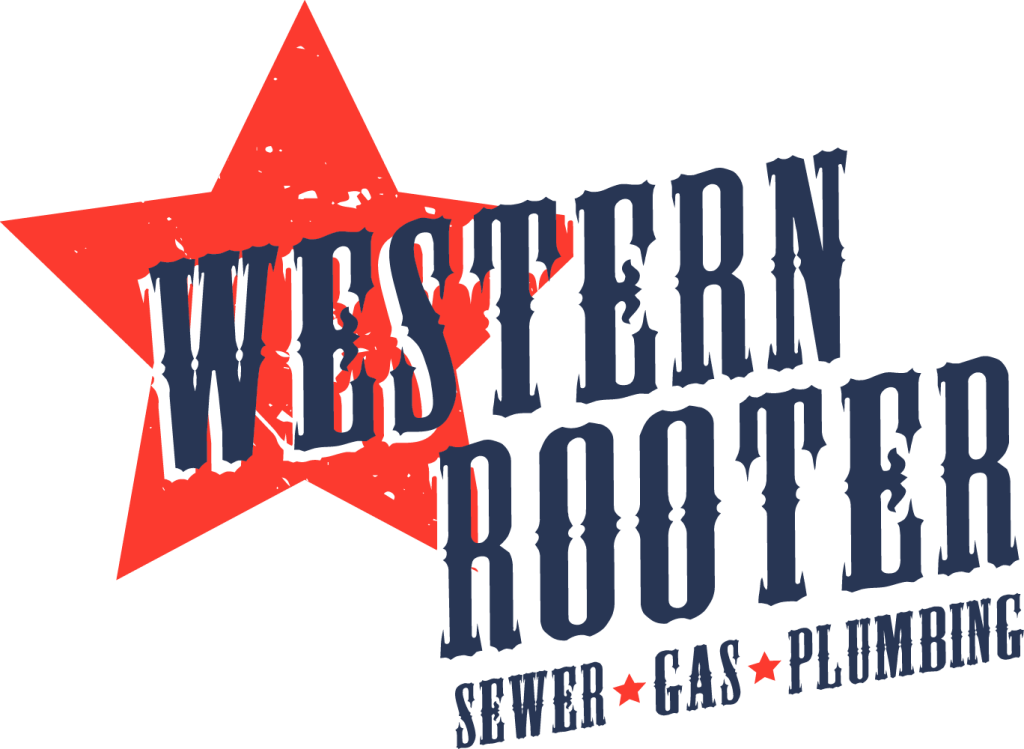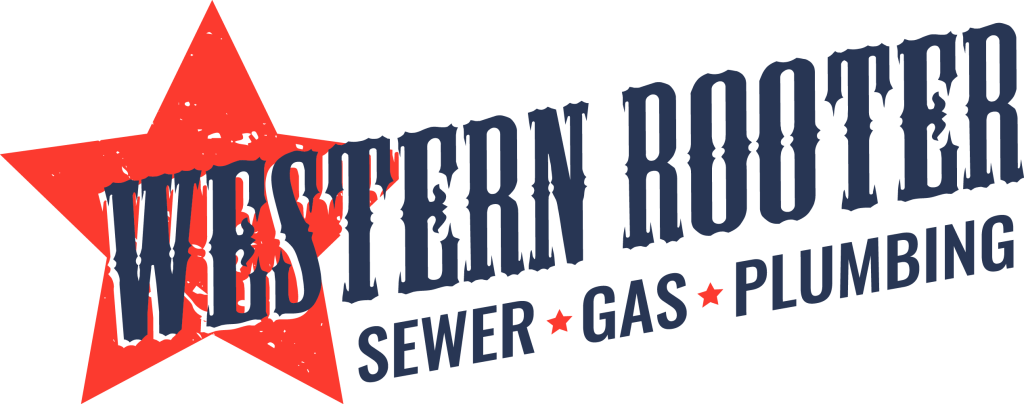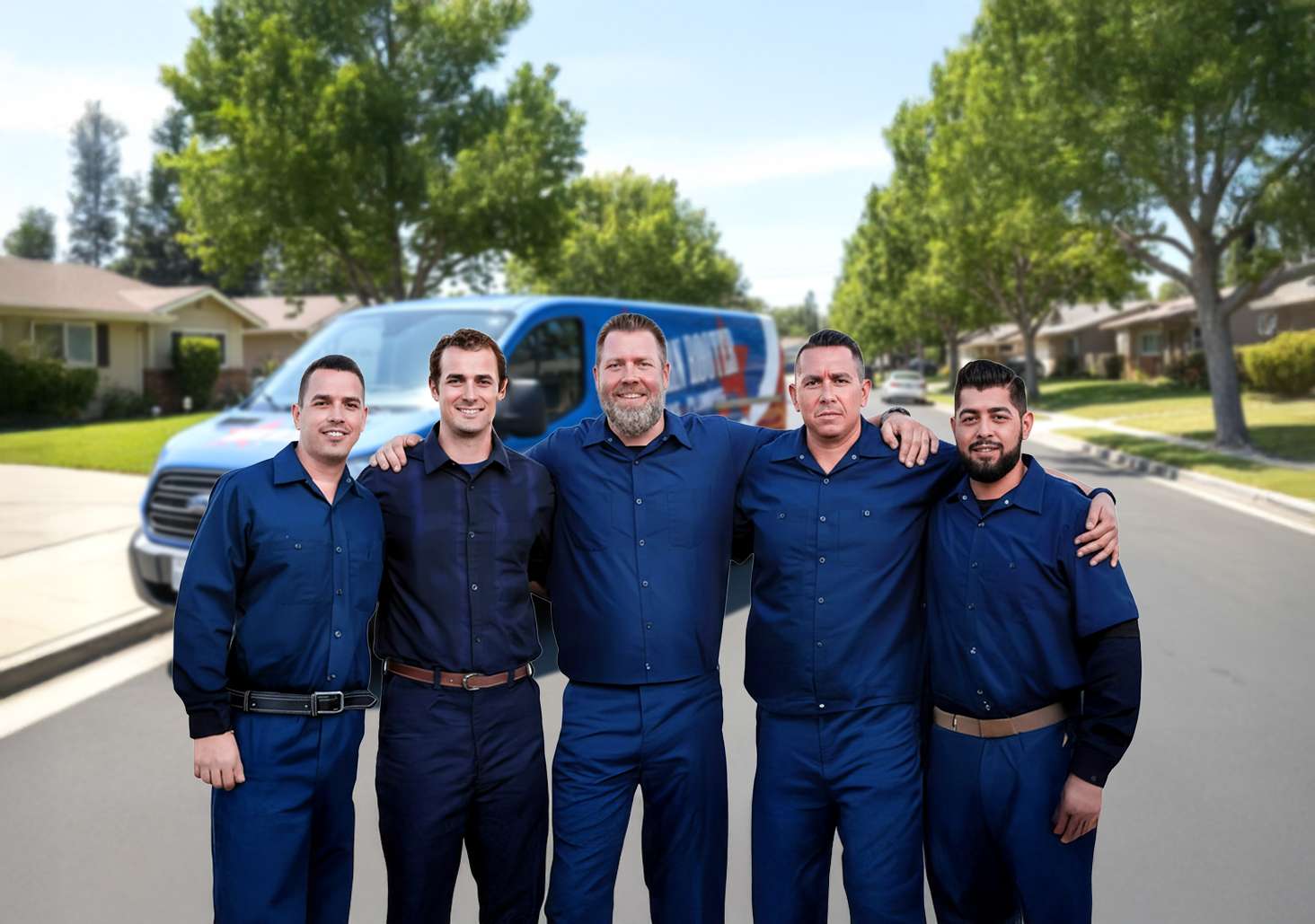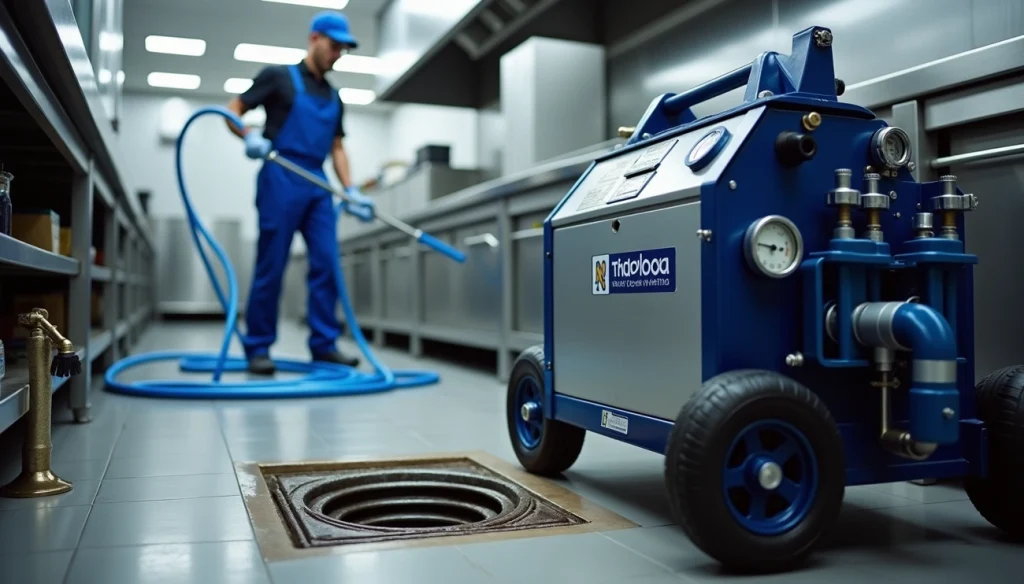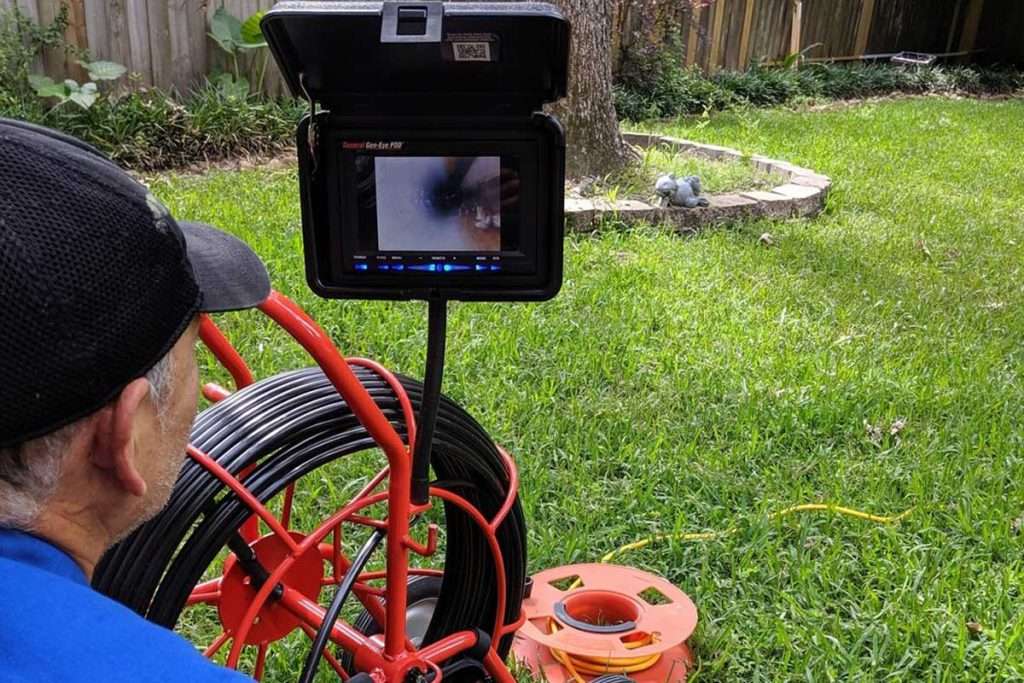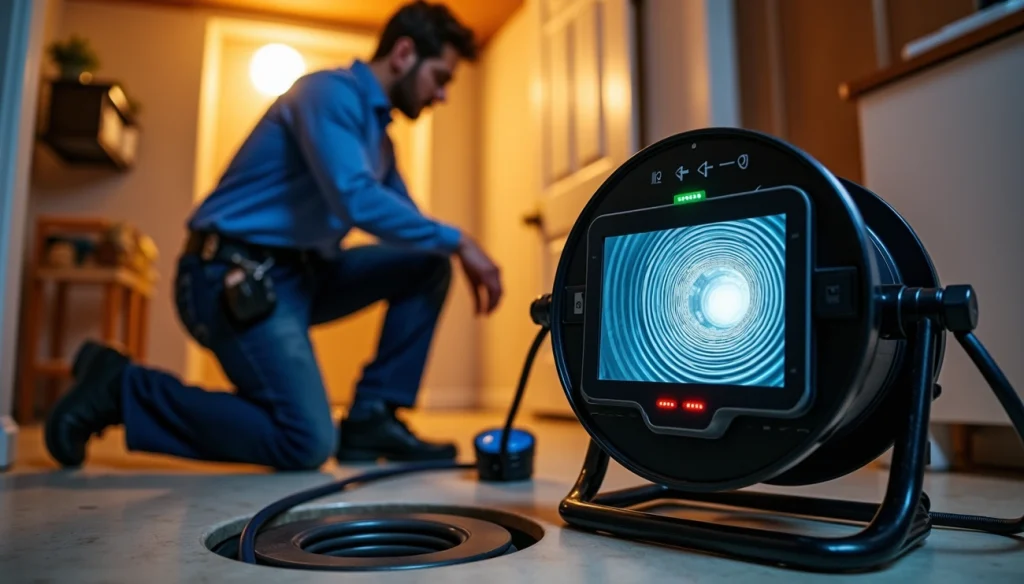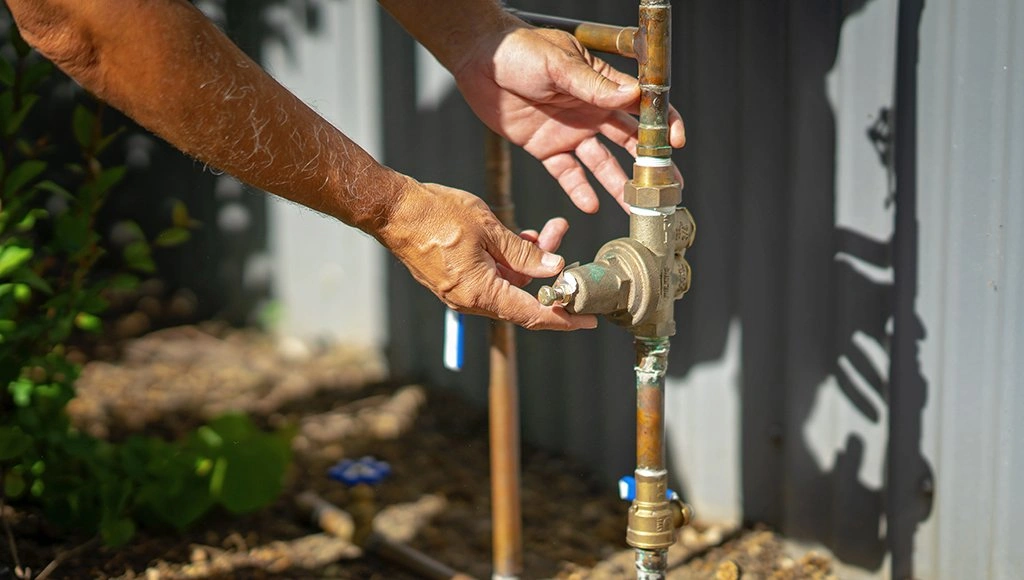Property owners in California face daily fines up to $100 for skipping backflow testing. Most people don’t realize the serious risks that follow when they ignore these significant safety requirements.
The state’s law requires yearly backflow testing for residential and commercial properties. Your test results must be submitted on time to avoid monetary penalties. These fines start at $100 and become a big deal as they increase with ongoing non-compliance. The water service provider might completely disconnect your supply for continuous violations. The rules will get stricter from July 1, 2025, when only state-recognized certified testers can perform these inspections.
This piece covers everything about staying compliant and avoiding costly penalties that have already cost property owners thousands of dollars – whether you’re looking up “backflow testing near me” or trying to understand California’s backflow testing requirements.
What is backflow and why it matters
Backflow poses a serious threat to your property’s water system that many people overlook. Water flowing backward through pipes can contaminate your clean water supply. This plumbing problem affects residential homeowners and commercial property managers throughout California. People face exposure to harmful substances that cause illness or damage their property.
How backflow happens in plumbing systems
Backflow happens in two main ways: backpressure and backsiphonage. Backpressure backflow occurs when downstream pressure becomes greater than supply pressure. This pushes contaminated water back into clean lines. A boiler’s rising temperature might create too much pressure that forces contaminated water upstream.
Backsiphonage backflow happens from a sudden drop in water pressure that creates a vacuum effect. This pulls contaminants back into your pipes. Several factors cause this:
- Broken water mains (25-30 breaks occur per 100 miles of piping each year)
- Firefighting activities reduce system pressure
- Heavy water usage creates excessive system demand
- Power outages affect water pumps
Cross-connections enable backflow. These points connect potable water to non-potable sources. Your drinking water might connect to swimming pools, irrigation systems, or industrial equipment.
Common sources of contamination
Your property likely has several potential cross-connections that lead to contamination. A 2010 Water Research Foundation study shows that 5% of homes face a backflow incident of at least 1 gallon yearly. Common sources include:
- Garden hoses submerged in chemicals, pools, or cleaning solutions
- Irrigation systems without proper protection
- Fire sprinkler systems
- Booster pumps and pressure systems
- Industrial equipment connected to the water supply
Backflow introduces bacteria, viruses, chemicals, fertilizers, pesticides, and sewage. Children, elderly people, and those with weak immune systems face serious health risks from these contaminants.
Why California takes it seriously
California enforces strict regulations for backflow prevention due to public health risks. Title 17 of the California Administrative Code requires water districts to conduct site surveys and inspections that identify potential hazards. The state mandates annual testing of all backflow prevention devices.
Starting July 1, 2024, California will require replacement of all commercial below-ground backflow devices with above-grade devices. This applies when ownership changes, use changes, or building modifications occur. The regulation helps improve safety and testing accessibility.
Backflow affects more than individual properties. A single incident could contaminate the entire public water supply and impact countless homes and businesses. This risk explains California’s strict testing requirements and heavy penalties for non-compliance.
Property owners in Los Angeles and San Bernardino Counties must stay compliant with backflow regulations. This protects your health, property, and community – not just helps avoid fines. Call Western Rooter today for a free backflow testing service estimate!
California backflow testing requirements in 2025
California’s backflow prevention laws will see most important changes in 2025. These changes will affect thousands of property owners throughout the state. You can avoid pricey penalties and service interruptions by staying informed about the new requirements.
Annual testing laws for residential and commercial properties
California law requires annual testing of all backflow prevention assemblies. This rule applies to residential and commercial properties that have installed backflow devices. Each device needs inspection before its previous test’s anniversary date.
Your water district will likely send reminders about two months before your test is due. The property owner must schedule these inspections.
Properties with hazardous materials or complex plumbing systems might need more frequent testing. California regulations require immediate repairs or replacement of failed backflow devices. Your water service could stop if you don’t address these problems.
Local water authorities watch compliance carefully. The Los Angeles County Waterworks Districts will cut off water service to customers who miss testing deadlines. Water districts across the state can disconnect service until they receive proper testing documentation.
Backflow testing certification in California
The California backflow testing industry will see a radical alteration starting July 1, 2025. After this date, backflow assembly testers must get certification from programs the State Water Resources Control Board (SWRCB) recognizes. Public health-issued certifications will no longer work.
Certification standards will become tougher by July 1, 2027. All certification programs must achieve ANSI accreditation. This will give a nationally recognized, standardized level of competency among testers.
Backflow testers must meet these requirements to keep their certification:
- Pass written and practical examinations
- Show they know how to test multiple assembly types (ASSE 1013, 1015, 1020, and 1056)
- Renew certification every three years
- Maintain current test gage calibrations
The California-Nevada Section of the American Water Works Association offers certification programs that meet these new requirements. People who want certification should submit applications about 20 days before their exam date and pay examination fees.
Who is responsible for compliance
Property owners bear the legal responsibility for backflow testing compliance. This includes residential homeowners, commercial building owners, and managers of multi-family residences.
Commercial property owners or managers must schedule and pay for annual tests. This applies to businesses of all types, from offices and retail spaces to restaurants and manufacturing facilities.
Residential property owners hold responsibility unless they have specific agreements with tenants. Homeowners’ associations (HOAs) might coordinate testing for shared systems. Individual owners should verify these arrangements.
California’s water districts manage backflow prevention programs in their areas and keep lists of certified testers. They work with local health departments to enforce rules and may perform random inspections.
Los Angeles and San Bernardino Counties’ property owners need properly certified testers as the 2025 deadline approaches. Contact Western Rooter today to get a free estimate. We’ll make sure certified professionals who understand the changing regulations handle your backflow testing needs!
The hidden penalties of non-compliance
The cost of skipping backflow testing goes way beyond the original fines. Property owners in Los Angeles and San Bernardino Counties learn this the hard way when they face big consequences. You can save thousands of dollars and avoid major problems by knowing what these hidden costs mean.
Fines that escalate over time
When you don’t follow backflow testing rules, you’ll face penalties that get worse over time. Your first fine could be $50 to several hundred dollars, based on where you live. This is just the start. Many California cities charge $100 each day you stay in violation.
A small fine can grow faster into thousands as each day counts separately. The water authorities use a stepped fine system:
- First violation: Base fine ($100-500 typically)
- Second violation: Much higher penalties
- Continued non-compliance: Maximum daily fines plus other enforcement actions
Water service disconnection risks
The worst thing that can happen to non-compliant property owners is losing their water service completely. Water districts across California can shut off your water after sending warnings until you show proper testing papers.
Los Angeles County Waterworks Districts sends shut-off notices to customers who miss their deadlines. If you don’t respond in time, they’ll cut your water until you comply. These service cuts often mean extra costs for emergency testing and quick repairs to get your water back.
Legal consequences and liability
You face serious legal risks when you don’t comply with regulations. Contamination from your neglected backflow prevention could lead to lawsuits from people it affects. Some areas take property owners with long-term violations to court, which means court orders and extra penalties.
Your personal liability includes cleanup costs and damages if contaminated water gets into the public supply. This applies to both homeowners and commercial property managers.
Impact on property value and insurance
Most property owners don’t know that insurance companies need proper backflow prevention maintenance for coverage. Your insurance might reject claims about water damage or contamination if you haven’t tested your backflow assembly regularly.
Insurance companies check testing records carefully when investigating claims, especially after big incidents. No proper papers means you could face rejected claims and high out-of-pocket costs. Properties with backflow violations can also hit snags during sales because these issues show up in property inspections.
Contact Western Rooter today to get a free estimate on backflow testing services and protect yourself from these expensive hidden penalties!
Unexpected costs property owners often overlook
Property owners face several hidden financial traps beyond regulatory fines due to backflow issues. Most people find these costs only after failing an inspection or dealing with a serious backflow incident. You should know about these unexpected expenses to avoid pricey surprises.
Emergency repairs and retesting fees
Your backflow preventer’s failure during inspection means after-hours emergency repairs cost much more than regular maintenance. Emergency service fees add $50 to $150 to your bill. Rush service charges range from $50 to $100, and multiple trip fees can add another $25 to $50.
Mandatory retesting creates more expenses after repairs. Some companies include one retest in their repair price, while others charge separate fees from $25 to $75. Repair companies charge $45 to $200 per hour based on your location and job complexity.
Damage from undetected backflow incidents
Damaged backflow preventers often leak hundreds of gallons monthly and drive up your utility bills substantially. These leaks can pool around your building’s foundation and cause cracks in basement walls. Repairs can get pricey, reaching $5,000 to $15,000.
Water contamination poses a serious risk. Failed backflow preventers let contaminants like lawn fertilizers, pool chemicals, and possibly sewage enter your drinking water. Continuous leaks damage landscaping and walkways, with replacement costs running $1,000 to $3,000.
Cost of replacing failed devices
Backflow devices can fail without any visible signs. Springs weaken, valves stick, and seals deteriorate as time passes. A failed backflow preventer’s replacement typically costs between $300 and $1,200 for new units.
Minor repairs run between $50 and $300 plus parts. Labor costs increase substantially if your backflow preventer sits in a difficult location. You might need permits before repairs begin, which adds $20 to $100 in fees.
Administrative penalties for late submissions
Many water districts will implement non-compliance civil penalties starting August 1, 2025, if you miss annual testing deadlines. Note that you—not the testing company—remain responsible for any penalties, even if they fail to submit results on time.
Testing fees typically run from $50 to $300 based on your system size. Certified technicians must perform all tests and send results directly to your water authority. Los Angeles and San Bernardino Counties’ property owners need reliable certified testers to avoid these costly administrative penalties.
Contact Western Rooter today to get a free estimate on backflow testing services!
How to stay compliant and avoid penalties
You will save time and money by keeping up with trends in California’s backflow testing requirements. Your property stays protected, you avoid penalties, and everyone gets safe water quality when you comply properly.
Hiring certified testers near you
The process to find qualified testers is simple, but you need to check their credentials carefully. Starting July 2025, only testers with state-recognized organization certifications can perform inspections. Properties in Los Angeles County need testers who have current Los Angeles County backflow tester certification. Water authorities help by providing lists of approved testers. Make sure your chosen tester has the right certification for your area.
Keeping accurate testing records
You need proper documentation to prove compliance. Keep all test reports for at least five years. Your records should show test dates, results, device information, repairs performed, and tester certification details. These documents protect you during property sales, insurance claims, or questions from regulators.
Setting up annual reminders
Water providers usually mail notices about 30 days before your due date, but you are responsible for meeting deadlines. You should set calendar alerts or ask your backflow testing company for reminders. Missing deadlines could lead to service disconnection notices.
Working with local water authorities
Good communication with your water district makes compliance easier. Submit your completed test forms before deadlines. Many districts let you report online now. You will avoid confusion about testing schedules and submission procedures by knowing your local requirements.
Contact Western Rooter today for a free estimate!
Conclusion
Backflow prevention plays a vital role in property maintenance, yet many California property owners tend to overlook it. This piece shows how skipping yearly testing requirements can result in daily fines, water service cuts, and liability for contamination. These penalties hit hard at your finances, property value, and community safety.
The certification rules will become much stricter after July 1, 2025. You must schedule tests and submit results whether you own a residential or commercial property. It’s your responsibility.
The hidden costs go way beyond regulatory fines. Emergency repairs, water damage, higher utility bills, and administrative penalties can pile up to thousands of dollars. Regular testing with certified professionals offers a budget-friendly way to manage your property instead of taking these risks.
Staying compliant protects your investment and ensures safe water for your family or tenants while preserving your property’s value. You can handle California’s backflow rules by setting up yearly reminders, keeping good records, and working with certified testers.
Without doubt, finding trusted certified testers is crucial for properties in Los Angeles and San Bernardino Counties. Western Rooter’s certified technicians know local regulations and provide professional backflow testing services. Get in touch with Western Rooter today to get a free estimate and keep your property compliant, safe, and free from penalties!
